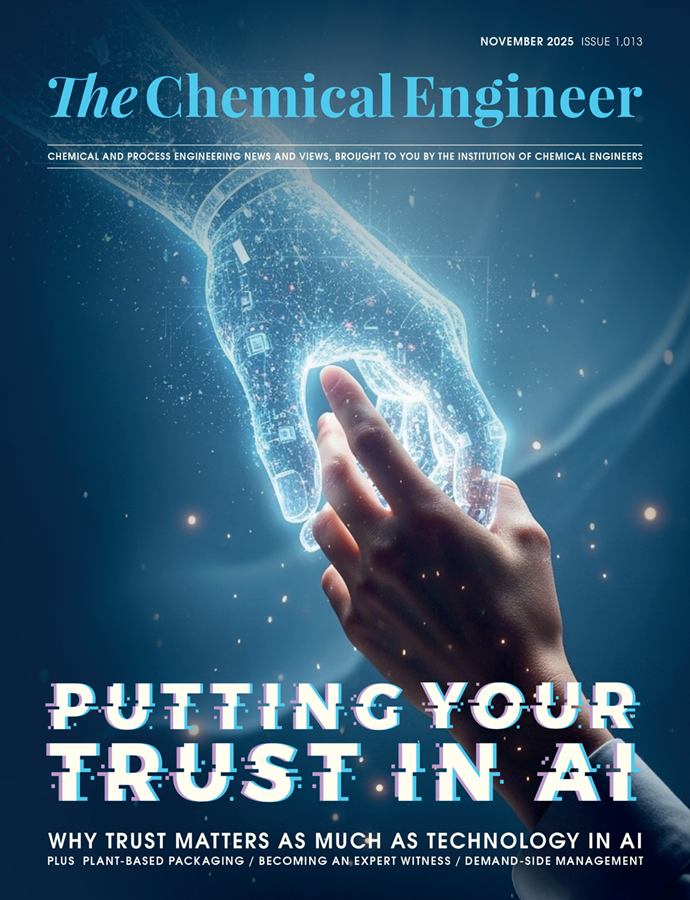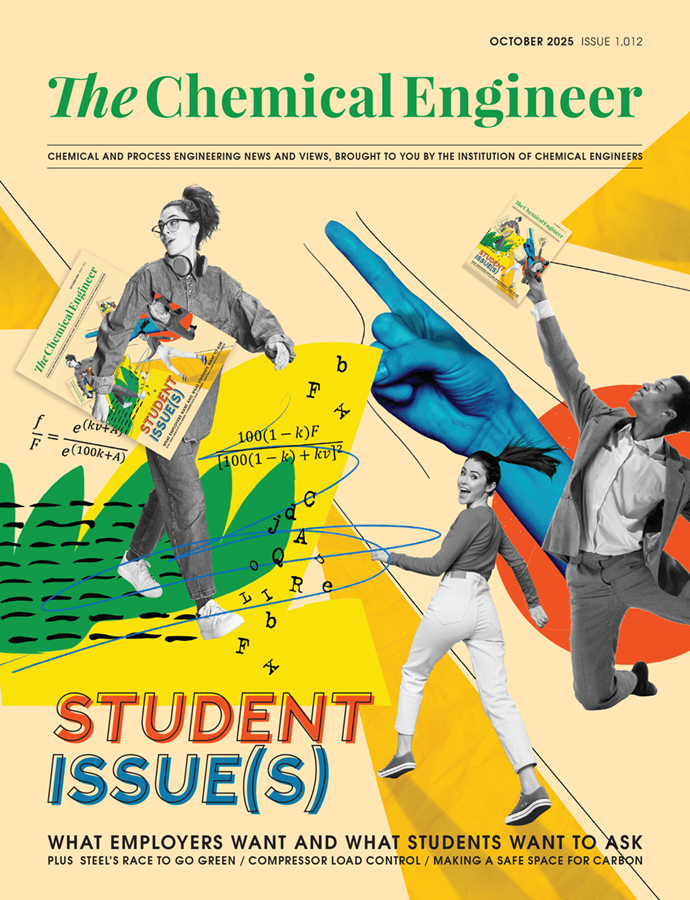AI-driven discovery makes plastics four times tougher

US RESEARCHERS have used artificial intelligence and machine learning to identify additives that can improve the durability of plastics.
Dramatically speeding up a process that usually takes weeks, a team from the Massachusetts Institute of Technology (MIT) and Duke University identified iron-based molecules that can strengthen polymer materials.
The molecules are called mechanophores and undergo chemical changes in response to mechanical force. The research team identified iron-containing compounds called ferrocenes as ideal mechanophores that increased the durability of polymer materials “four-fold”.
Machine-learning approach
Ferrocenes are commonly used in drug manufacturing and catalysts but have rarely been researched for their potential as mechanophores.
The research team explained that experimental testing on a single potential mechanophore can take several weeks, with computational simulations also taking a few days.
To speed up the process, the Duke and MIT team used the machine-learning approach of a neural network to test ferrocenes. Using the Cambridge Structural Database of 5,000 ferrocene structures, the team ran simulations on 400 molecules to measure how easily their atomic bonds break under force. Surprisingly, they sought molecules that fractured more readily – these “weak links” can absorb stress and prevent larger tears when embedded in polymers, boosting overall toughness.
They used the tear resistance data to train a machine-learning model that could predict how much force is needed to activate a mechanophore and enhance a polymer’s resistance to tearing. The model was applied to all compounds in the database, along with an additional 7,000 structurally similar molecules.
It identified two key factors that influence tear resistance: the interactions between chemical groups attached to the ferrocene rings, and the presence of bulky side groups. These larger attachments made the molecules more prone to breaking apart – a desirable trait for mechanophores designed to absorb stress and prevent material failure.
Application
The team identified the 100 strongest structures with their model and used one, known as m-TMS-Fc, as an additive to the polymer polyacrylate. They found that this structure, as it was weak, was able to make the polyacrylate four times tougher.
In addition to identifying more ferrocenes with mechanophore potential, the researchers hope to expand their machine-learning approach to identify mechanophores with other useful properties, such as colour changes that act as stress sensors. They suggest these responsive materials could have future applications in areas like drug delivery and therapeutic monitoring.
Recent Editions
Catch up on the latest news, views and jobs from The Chemical Engineer. Below are the four latest issues. View a wider selection of the archive from within the Magazine section of this site.




